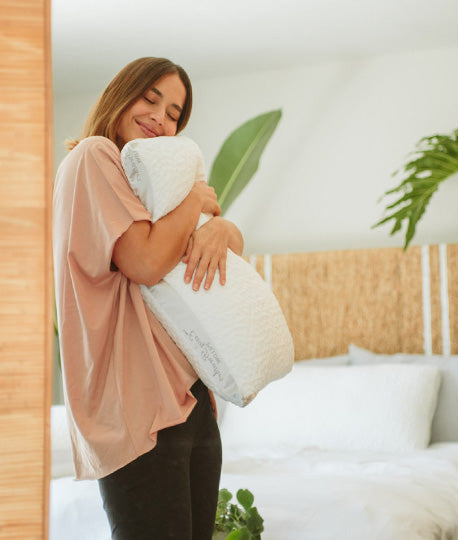VOCs are numerous, varied, and ubiquitous. They include both human-made and naturally occurring chemical compounds. Most scents or odors are of VOCs. VOCs play an important role in communication between plants. [1] Some VOCs are dangerous to human health or cause harm to the environment. Anthropogenic VOCs are regulated by law, especially indoors, where concentrations are the highest. Harmful VOCs are typically not acutely toxic, but instead have compounding long-term health effects. Because the concentrations are usually low and the symptoms slow to develop, research into VOCs and their effects is difficult.
When you smell a flower, that is a VOC. So when the mattress store salesperson says their natural mattress has no VOC, what they are meaning to say is that there is no TOXIC VOC. Latex has a very strong and distinct VOC.
It is disturbing when someone postures themselves as an expert, asking the public to place the trust of consumer's health in their hands. You would hope they would spend the time to learn the products they are selling and be able to help you understand how they will affect your life.
In review, not all VOC's are toxic. Most things have a VOC. Kapok, organic cotton, pure latex...all will have a distinct and noticeable VOC when new, and it will dissipate quickly. Some of the memory foam companies out there will go so far as to say they have no toxic VOC, but they only offer that testing on the base layers of their foams. The other layers would likely not pass. That means they do have a toxic VOC but they and the other natural mattress stores selling them are not only being deceptive, but selling products under false pretense.
It's hard to negotiate all the marketing out there, but if you do your homework, as questions and take your time, you can save money and time and get a good product that will last and not adversely affect your health and that of your family.





